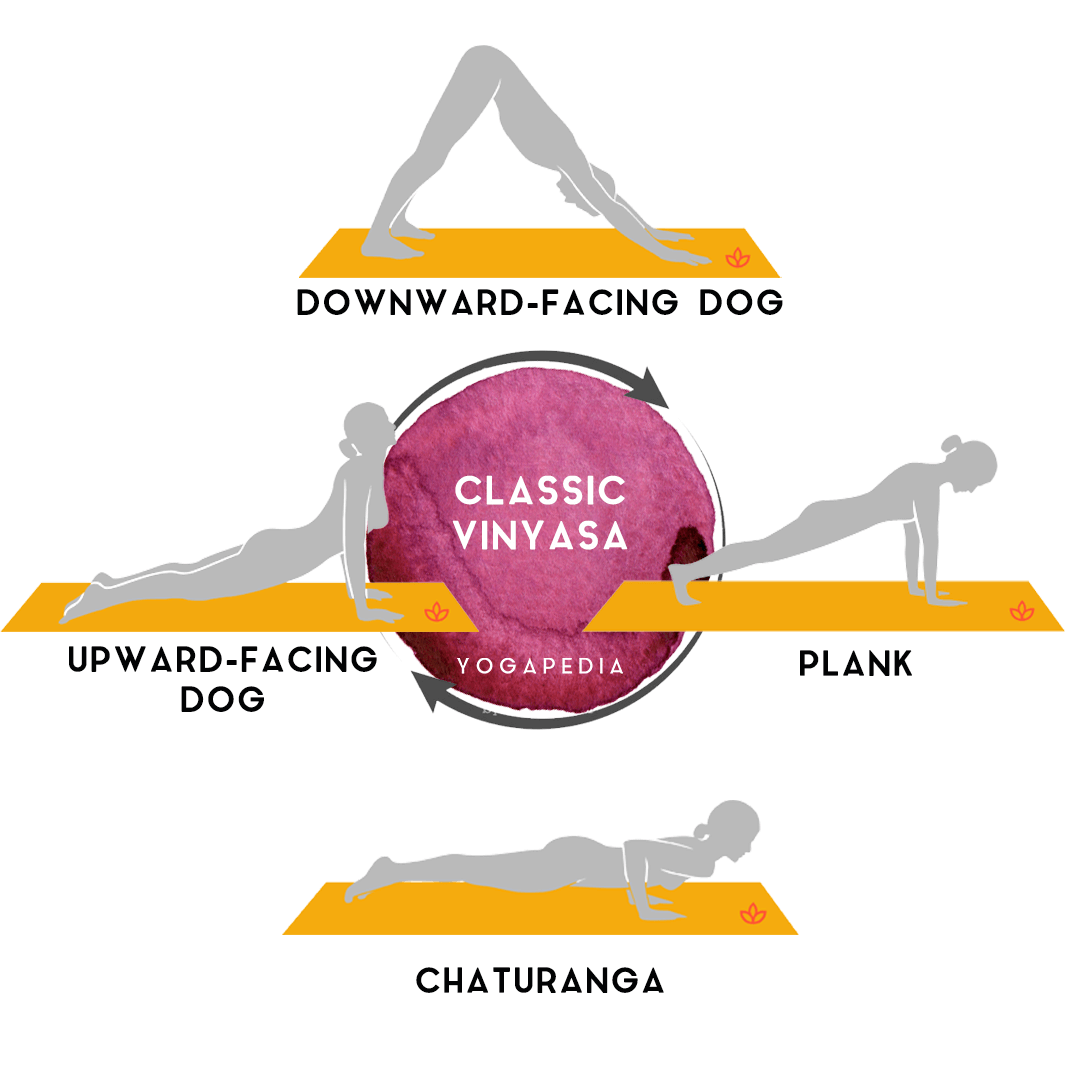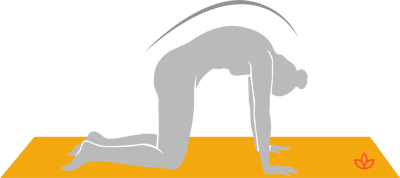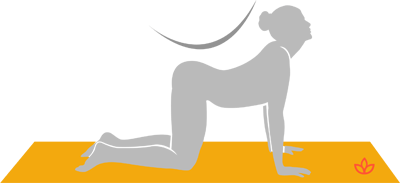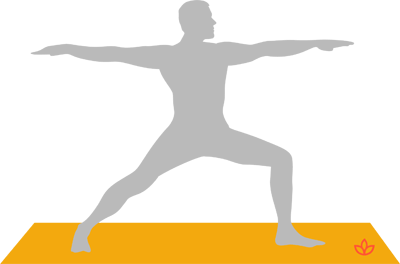Vinyasa is a Sanskrit term often used to describe a sequence of movements that form a flowing link between yoga asanas. The classical vinyasa sequences come from Ashtanga yoga's primary series and is essentially a continuously moving Sun Salutation.
During such sequences, your body flows from downward-facing dog into a strong high plank, lowering with control into chaturanga, arching into the backbend of upward-facing dog before drawing back to rediscover downward-facing dog.

All the movements are synchronized with long, controlled breaths.
More generally, though, vinyasa can mean any transition between asanas. Vinyasa yoga is a term often used to describe a style of yoga where the emphasis is on flowing, mindful movements between the asanas, rather than holding any asana for an extended period of time.
“Life is a series of natural and spontaneous changes. Don't resist them – that only creates sorrow. Let reality be reality. Let things flow naturally forward in whatever way they like.” ~ Lao Tzu
Going With the Flow
What happens on our yoga mat is a microcosm of what happens in life. While it can be lovely to stay for a while in asanas – to find the draftl alignment and hold our body there – at some point we will have to move.
This reflects the fact that life is not a series of fixed, static points. It’s a journey rather than a series of destinations, and it flows.
Thus, Vinyasa yoga, with its focus on the moments that happen between asanas, seems to more accurately reflect the dynamics of real life. Practicing Vinyasa yoga can remind us that to flow is natural. To flow, and not to cling to individual moments is part of life.
Read: A Vinyasa Sequence for Beginners
Cultivating Mindfulness
To understand more about the power of vinyasa, it’s worth considering the Sanskrit roots of the term. Vinyasa is derived from nyasa, meaning “to place,” and vi, which means “in a special way.” Thus, the concept of vinyasa beautifully captures the draft that yoga is about performing every action artfully.
When you focus on every movement with the intention that you are placing your body in a special way, you make each part of your yoga practice special, deliberate and purposeful.
When we practice this skillful action on our yoga mats, we can learn to apply it to our lives. When every movement and action matters, and is done with mindfulness and care, then the whole way we live our lives can be yoga. The distinction between the times we are doing yoga and the times we are simply living melt away.
Read: The Ripple Effect of Presence: Why Mindfulness Matters
Moving Meditation
The beautiful, dancing flow of Vinyasa yoga is a powerful moving meditation. Every transition brings with it more potential for awareness, sensitivity and consciousness.
Being in any individual yoga pose helps to tune you into how your body feels, but cultivating that awareness during movement takes your mindfulness to another level.
You learn how your body responds to each action, how it habitually moves, how it likes to arrange itself, and what it finds challenging. You learn to meet all that comes up with non-judgement and equanimity.
Read: Making Friends with a Simple Posture
How to Bring More Power to Your Vinyasa Practice
1. Start Small
Take a simple flowing movement such as cat-cow, and practice really flowing with your breath between the two movements.


Make the movement of your spine fluid and continuous, and initiate each moment of action with intention and care.
2. Tune Into Your Body
You don’t necessarily need to make huge changes here, but could you perform your entrance and exit with more awareness, fluidity or grace? When you are in warrior two, check in with yourself and ask what movement your body wants.

Does it want to switch sides, or do your arms want to reach up over your head? Does your torso want to fold into the surrender of humble warrior, or reach into the opening extension of reverse warrior?
Get playful with it and see where you end up.
3. Simplify Between Sides
This could be the classical vinyasa described above, or maybe you just roll from downward-facing dog into plank and back again.
Notice the way a vinyasa can become almost a cleansing of your palate, allowing your body to reset before you take the asana on the second side.
4. Apply Vinyasa to Everyday Life
When making a cup of tea, for example, bear in mind the principle of skill in every movement. Can you make each action deliberate, purposeful and mindful? How does this affect how you feel?
Over time, you’ll find that it feels more and more natural to integrate elements of vinyasa into your yoga practice, on and off the mat. When something happens where you find yourself wanting to cling onto a moment and not let it go, remember what your vinyasa yoga teaches you:
“The only way to make sense out of change is to plunge into it, move with it, and join the dance.” ~ Alan W. Watts
During These Times of Stress and Uncertainty Your Doshas May Be Unbalanced.
To help you bring attention to your doshas and to identify what your predominant dosha is, we created the following quiz.
Try not to stress over every question, but simply answer based off your intuition. After all, you know yourself better than anyone else.